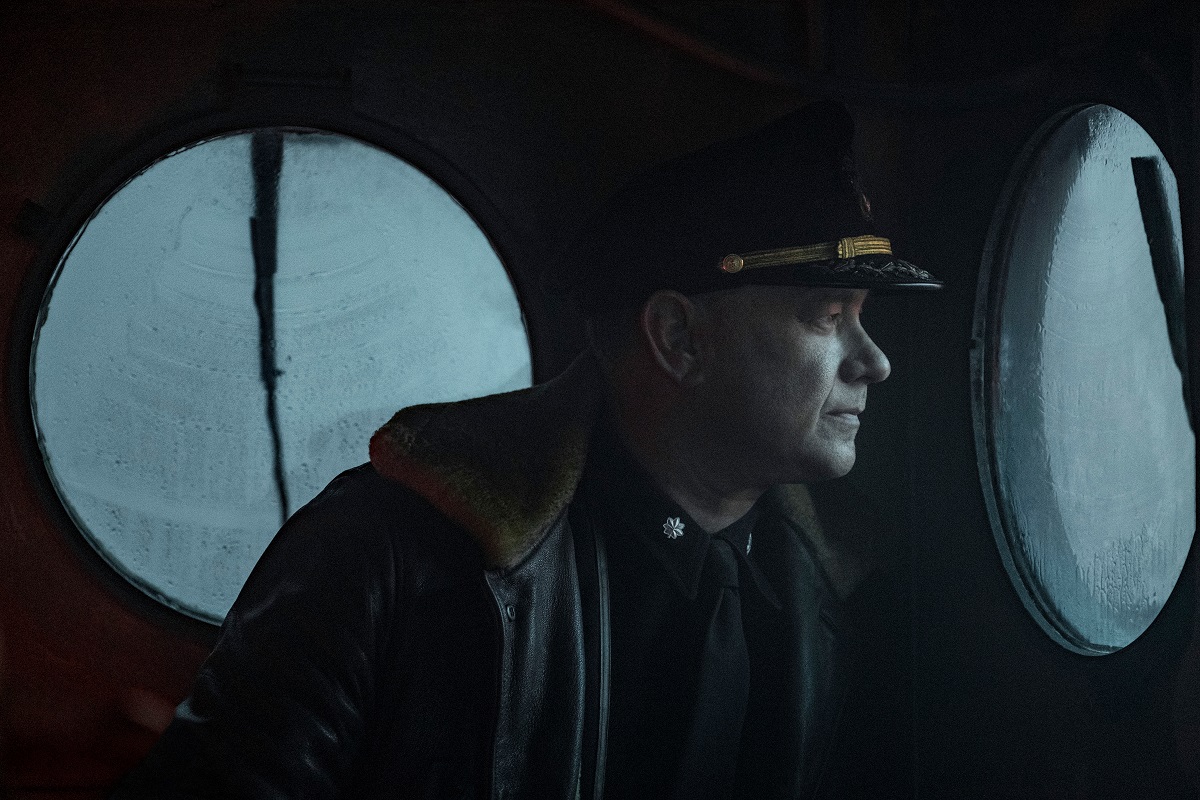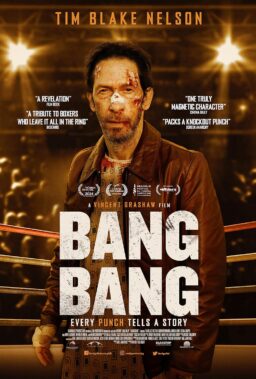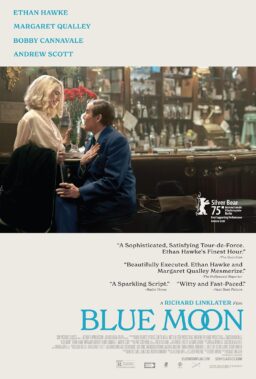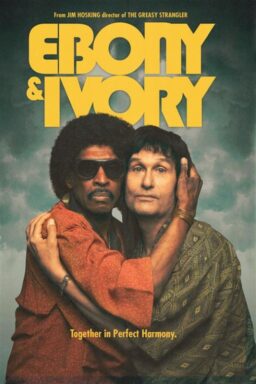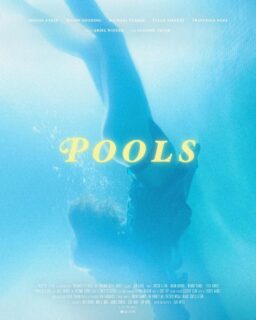“Greyhound,” available now on Apple TV+ is a tense, 90-minute WWII drama about a destroyer under attack from German U-Boats. The film stars Tom Hanks, who also wrote the screenplay. In an interview, director Aaron Schneider talked about immersing himself in research on the era’s analog technology, and the classic Spielberg movies that inspired him.
While the movie is based on a novel (C.S. Forester’s The Good Shepard) and not a real destroyer, I was impressed with how meticulous you were about historical accuracy in this film.
I was a World War II movie buff myself. “Saving Private Ryan” has a special place in my career. When I decided to move from cinematography to directing and began by adapting a short story to make a short film, it was “Saving Private Ryan” that led me to pull down a book off the library bookshelf called The Greatest World War II Short Stories. And that’s where I discovered William Faulkner’s Two Soldiers, which was the short story I adapted and made it into a short film. That really started my directing career.
It’s safe to say that I was steeped in World War II before “Greyhound” even came along in terms of the kinds of films I loved and how they affected my career. And then when I got the gig, you know you look at the history of Tom’s company Playtone—Tom’s association with “Private Ryan” and his partnership with Spielberg on “The Pacific” and “Band of Brothers,” which are companion pieces, and you go, “Oh my God! I’m the next guy in the line. I’m the guy that has to do the naval version, and I’ve got to live up to all of these standards and legacies and levels of accuracy and authenticity.”
I just buried myself in research. I had enough time. Tom was going to do “The Post” with Steven Spielberg before “Greyhound,” so it gave me some time to live with the film, and the script. I created a Zenfolio website, one of these websites that you can rent space on for photographers who sell their imagery and I used it to create categories of visual reference. There are places to put captions, and web links, and YouTube links, and Wikipedia links, and you can subdivide it into categories: depth charges, uniforms, analog computers, gun directors, and radar.
I just dug into everything, naval archives photographs, Wikipedia pages, I even read manuals. There’s some dialogue in the script where they are having trouble with the radar, so I read a declassified World War II radar manual so that we could be more accurate with what the guy was trying to fix, to keep that dialogue. There was no way I was going to be the guy who sent the authenticity off the rails for Playtone. And it was great because I was able to build something I could share. I could hand it off to crew at the production group so that all that research wasn’t living in my bookmark browser tab. It was something accessible by anyone who came on the film, anyone who wanted to dive into one category or another. And then by the time the film started, it was all second nature to me so that I could concentrate on making the movie, but whenever something of accuracy came up, I knew the answer.
That primitive technology is so endearingly fragile. I loved the moment when Tom Hanks’ character had to stop to sharpen his pencil.
I’m glad you took note of that. That was something I threw in on the day. I just said, “You know what, his pencil should break because that’s just the way it goes.” It seemed to me to be completely fitting that at the end of all this, he’d then be thwarted by the tip of the lead pencil and have to crank it and sharpen it. It’s like one last insult to injury in terms of the challenges that he was up against.
By the way, that’s part of the drama. Tom from the beginning described this as the best 90-minute procedural ever made. We’re going to get in and out. We’re not going to tell them any more than they need to know so that it engages them. They’re going to be two steps behind from the start, and we’ll give them just enough information and it will hopefully glue them to the screen. And that’s a unique challenge! That’s a different kind of engine for a movie and for drama than everyone typically expects, especially from a war movie. Certainly people walk into this movie with Tom wearing a captain’s hat and the first thing they think of in “Saving Private Ryan,” and those are big shoes to fill and big expectations to confront, both for Tom as a screenwriter and for me as a director. So, the best you can do is commit to your way into the film, and to what you think is going to make this film different. What’s going to crack open the war, or the jobs these men did in a different way and shed a different light, and you just go for it. And it’s a credit for Tom because, you know, here he is with all these expectations and he had the courage to sort of crack the war open in a very different, and in some ways, experimental way. I was happy to be a part of that.

Another historical fact is the segregation of the military. I was thrilled to see that you have one of my favorite actors, Rob Morgan, in the film. He gave that character so much dignity.
Rob is a lovely man and everything that you’re feeling from him just lives in him. That’s one of the big reasons we cast him because he just brings what you’re describing and what he carried it around with him just as Rob Morgan. The challenge here was that this is an experiential film and because your sense of who these people are is not mapped out in a traditional way and everything that they’re trying to be the character lives in between the words and being present and being engaged and in glances and in moments and beats. The actors have to communicate their characters with less screen time because they’re atmospheric. Their contribution is absolutely crucial, but they have to do it in an atmospheric way. So, we were thrilled to catch Rob because he just brings that feeling into the scene by walking into the scene. This character did not appear in the book, but I think it was important for Tom to accurately and historically portray both the station and the contribution of characters like his, Americans who serve. And Rob did an amazing job building a quiet relationship that those two have and making in making that element in the film meaningful.
One of the challenges that you face in this film is there’s a ton of technical talk, and you want to have enough so that it will be authentic and meaningful but not so much that people just get lost in it. How did you try to balance that?
That’s a good question, and it’s a big question. The best way to describe my approach would be to tell you where my work cracked open for me when I realized what my way into that aspect was going to be. I was watching “Close Encounters of the Third Kind,” and in the film, they’ve got that scene in the traffic control tower where you’re thrown into this procedural world with screens and equipment and communications that you don’t fully understand. “United 737 Turn Right, defended 2000, maintain 2000.” And you’re like, “I don’t know what’s gone on here, but I feel like I’m in a real environment.”
And then inside of all of that suddenly a pilot called in with a problem, an unidentified object, and I think if I’m not mistaken, I think Steven Spielberg hired a real control tower operator so that he could get that authentic performance and play it by the book. It’s almost like police dispatch talk, which you’ll also hear in a lot of films to lend the sense of urgency and procedure to drama.
But that’s not the movie, is it? It’s not about the dialogue bouncing back and forth between control tower and pilot. It’s about a UFO sighting, and what ends up happening in that scene is that the procedural dialogue gives you the spooky sense of realism. You know, it’s a canvas under which our UFO sighting is taking place, and the audience is saying, “I don’t know what the heck that guy is talking about, I am not even sure I understand how the screen works, but, you know, Spielberg cut to a blip so maybe that’s the UFO.” The fact that you don’t know everything and that you don’t understand all the dialogue is part of what makes that scene so heroic because it’s so real. And I realized, I said to myself, “That’s the rule for ‘Greyhound.’ My dialogue, my procedural dialogue, and activity is going to give me a canvas of veracity and authenticity under which it’s my job to find out where the real drama lives in the command decisions, in the glances between crew, in the fear of making one decision over another, in the command dilemma between sacrificing A to protect B or sacrificing B the protect A, and all this dialogue is doing is setting it inside an authentic experience for the audience.” And so, in terms of it figuring out what I needed to make clear to the audience, I focused on making sure they understood what was under the dialogue, and to treat the dialogue as a framework.
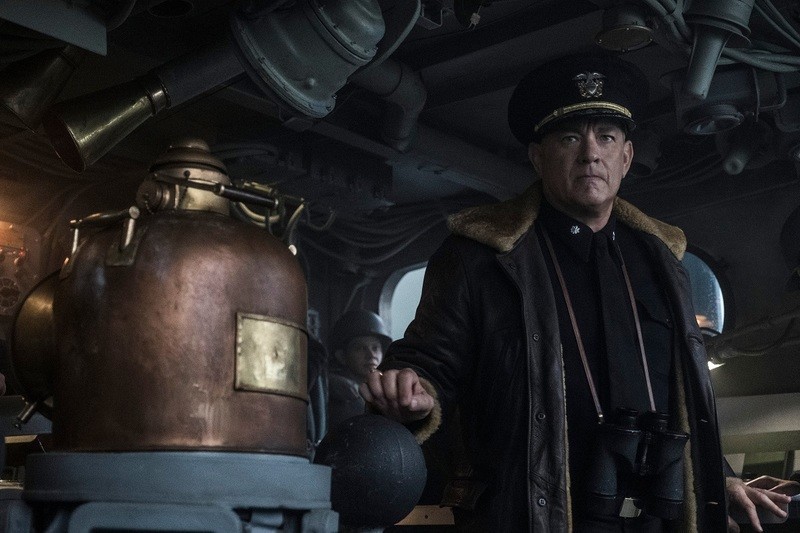
So much of the movie is grayish tones. How do you keep that varied so the scenes do not blur together?
A lot of credit goes to our cinematographer, Shelly Johnson. As you know, the film is structured by watch. The crew on the bridge has four-hour watches. Tom’s character is the constant throughout the entire film, but in the background, these four-hour watches are turning over and over and over, and we’ve got the title cards marking it. And the crew would work four hours, and then they would be off and then come back on, and this was the rhythm. And this is one of the ways, you know subconsciously, you get the feeling that Krause is the constant and everyone else siphons in and out in the background. He’s the rock. He stares through the whole thing, and so the film has this rhythm that’s built on these chunks of four hours of time.
Because it is one location, the tone of any given sequence is going to be defined by the weather and the time of day, and so Shelly broke the script down to assign each of these watches just enough of a variation or a delineation to give it a unique characteristic. One would have full cloud cover or maybe the sun softly penetrating through, but later in the day the color temperature of the skies gets cooler to suggest the sun is behind the clouds or the sun is beginning to set. He worked really hard with his crew, and we had a dimmer board, the color temperature, with the lights all piped into an iPad that controls these things. You shoot out of sequence, of course. So he had this Bible that he created to provide the photography we needed so that as the visual effects been added, the weather and the skies, the light from the skies was already baked into what we shot. The visual effects could then fill it out. That’s the way you keep from making the whole movie feel like the same day.

